São Miguel, the green island
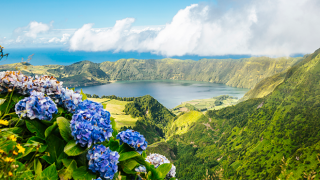
The island of São Miguel is the largest in the Azores, forming the Eastern Group of the Archipelago together with the island of Santa Maria, 81km away.
Its settlement began in 1444 in Povoação and then Vila Franca do Campo, the island’s first capital, which was later moved to Ponta Delgada, currently also the seat of the Regional Government of the Azores.
Overlooking a natural bay, the city of Ponta Delgada has a rich history and architectural heritage. The Portas da Cidade (City Gates) are the perfect starting point for exploring the city. They are quickly identified by their three arches that link the sea front area and the Praça da República. Note the typical architecture that emphasises the contrast between the white walls and the details in basalt, embellished with lacy iron balconies. Its most iconic monuments include the 15th century Church of São Sebastião, the Church of São José and the Church of São Pedro, and the Convent and Chapel of Nossa Senhora da Esperança (it is here that the image of Senhor Santo Cristo dos Milagres (the Lord Christ of Miracles) is worshipped), the former Jesuit College, the Palace of Sant’Ana (housing the Presidency of the Regional Government), the Carlos Machado Museum, the Fort of São Brás, the Town Hall, and also the renovated Micaelense Coliseum and well preserved Micaelense Theatre.
A walk by the sea to the Marina will take you to the "Portas do Mar" where in addition to the cruise ship pier, you can enjoy an ocean swimming pool and an area with several bars, all providing some very pleasant moments of leisure.
But to discover what is nicknamed "the green island", you have to leave the capital and discover the true nature. This is a mountainous island, comprising two volcanic massifs separated by a central low-lying ridge. The highest point is Pico da Vara at 1,105m, located in the eastern massif.
Head westwards, along the coast, passing through Relva and Feteiras, and you will also be surrounded by green and with the sea in the background. Start climbing to the iconic Sete Cidades (Seven Cities) Lagoon, reaching the "Vista do Rei” (King’s View) belvedere. From here, you can admire the beauty of the giant crater at the bottom of which the Verde (Green) and Azul (Blue) lagoons coexist, twinned by an arched bridge, which according to legend were formed from the tears of a princess and a shepherd joined by an impossible love. In São Miguel, you will find the great Lagoons of the Azores, and so the magic continues from there alongside the Santiago, Rasa, Canário, Éguas, Empadadas, Caldeirão Grande and Carvão Lagoons.
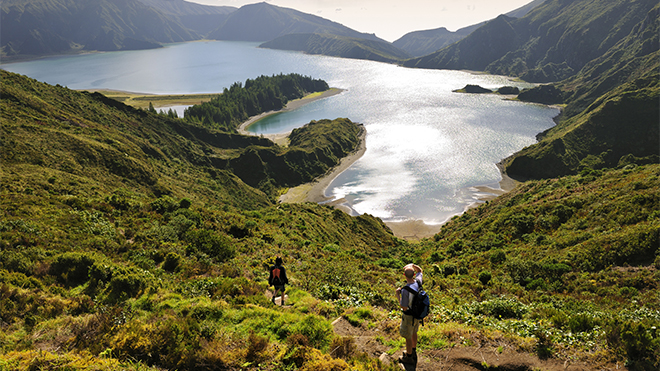
Lagoa do Fogo © Maurício Abreu/DRT
Next, head towards Ponta da Ferraria, where Mother Nature has taken it upon herself to warm the seawater with volcanic hot springs, offering an Atlantic thalassotherapy in a unique natural setting or, if you prefer, in the modern Ferraria Spa. A little further on, you come to Mosteiros, where it’s worth gazing out at the bay and the four islands that give the area its name. Ponta da Bretanha marks the point where the route turns to follow the north coast, where you will find the town of Ribeira Grande, the second largest on the island of S. Miguel, built on a small hill around the Church of Nossa Senhora da Estrela and the Town Hall, along with manor houses, mills, churches and gardens, and also the Municipal Swimming Pool complex, right next to the sea.
Make your next stop at Lagoa do Fogo, in the interior of the island, climbing the Água do Pau hills and pausing at Caldeira Velha. Its small pool of warm water, surrounded by a lush forest of ferns, calls out for a restorative dip! When you get to Lagoa do Fogo, one of the symbols of the island, just let yourself be dazzled by its different shades of blue and the breathtaking view that stretches to the ocean.
On the descent towards Lagoa, you can visit the Ceramics Factory with its typical earthenware, and a little further on Caloura, with its picturesque fishing port "protected" by the Fort of Nossa Senhora da Conceição, with its convent and cove which offers a restful stopover. In Vila Franca do Campo, you must visit the Ilhéu da Vila, a Nature Reserve with a beautiful bathing lake about 1km off the coast, accessible from June to September by boats that leave from Tagarete quay, and try the famous Queijadas da Vila. The nearby Congro Lagoon is also worth a visit.
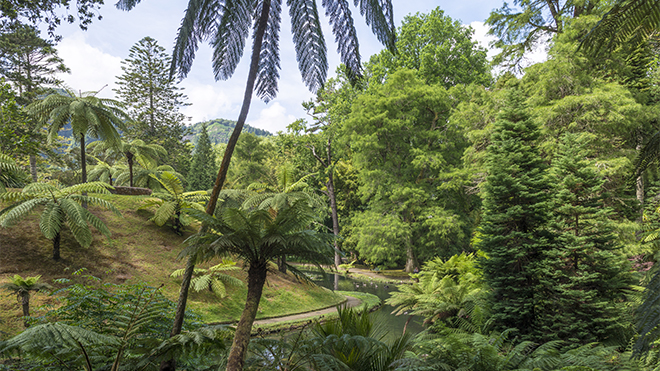
Jardins Terra Nostra © J. Marijs
There are several attractions to visit in Furnas. The Vale das Furnas, with its fumaroles (calderas) of hot water, mud, medicinal waters and more than twenty thermal springs, which together make it one of the largest hydro sources in the world. The Poça da Beija is known for its pools of crystal clear water and reinvigorating mud. Near the Lagoa das Furnas, the shrine of Nossa Senhora das Vitórias is where “cozido nas caldeiras” (mixed-meat stew) is made, making full use of the heat from the earth. The 18th century Terra Nostra Park is one of the most beautiful gardens in S. Miguel, with a lake-pool with its mineral-rich thermal water, "dominated" by the imposing Casa do Parque. And go to Pico do Ferro and Salto do Cavalo viewpoints to admire the panoramic views.
Back on the coast, you can enjoy the warm waters at Praia do Fogo in Ribeira Quente, or head straight to the town of Povoação, the first settlement on the island, surrounded by its seven hills. From here you will enter the Nordeste heast district, where the terrain is rougher and steeper, but covered in lush vegetation that is an open invitation to you to take a walk along its various footpaths. Its well-tended viewpoints, full of flowers, provide a number of stops, such as at the Ponta da Madrugada, Ponta do Sossego, Salto da Farinha and Ponta do Estorninho viewpoints, to name just a few. Lovers of birdwatching must visit the Priolo Environmental Centre.
Continuing your tour beyond the Northeast, now on the island’s northern coast, you can stop at Gorreana and Porto Formoso to see the tea plantations and visit their factories. Just before Ribeira Grande, once again, make a last stop to admire the view from the Santa Iria viewpoint and then take the highway to return to Ponta Delgada.
Festivities

Festas do Santo Cristo © António Carvalho e Cunha/Visitazores
The Island of São Miguel is brought to life by many religious and pagan festivals, the most important of which is the Festa do Senhor Santo Cristo dos Milagres (Feast of the Lord Christ of Miracles), held every year on the fifth Sunday after Easter, at which the image of the Lord Christ, venerated in the Convent of Esperança, is paraded through the streets of Ponta Delgada. At the same time, various cultural and gastronomic events take place, attracting many visitors of the island’s visitors to the city.
On the first Sunday after Easter, the Procissão do Senhor dos Enfermos (Procession of the Lord of the Infirm) takes place in some towns, the one at Furnas being the most celebrated for the beauty of the flower carpets that decorate its streets.
From April to June, the famous Festas do Divino Espírito Santo (Feasts of the Divine Holy Spirit), regarded as the most traditional in the Azores, are held throughout the island. Also during the summer months, several towns celebrate with processions and festivals in honour of their patron saints, like in Vila Franca do Campo, where St. John is celebrated on 24 June with marches and shows. In Ribeira Grande, the Cavalhadas are held on 29 June, when men on horseback, dressed in colourful clothes, parade through the streets to the Church of São Pedro to greet this saint (St. Peter) with verses. The Cavalhadas end at the small Mafoma palace.
The romeiros (pilgrims) is another unique event that takes place for 8 days during Lent, with groups of praying men covering the whole island on foot.
Activities
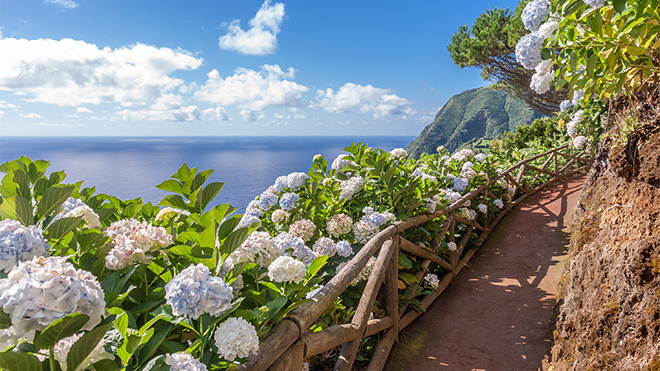
Caminho Costeiro, Ilha de São Miguel ©peresanz
You’ll really be spoilt for choice for something to do on São Miguel. On land, you’ll be able to admire the landscapes much better if you take the countless existing footpaths, alone with maps of the various routes, or with the help of qualified guides. Horseback and bike rides are other ways to enjoy the beauty of the island. Those who prefer touring the city can take a horse-drawn cart or a “lagarta” (tourist train) to go on a peaceful tour of the streets of Ponta Delgada.
For golfers, the island offers two courses, at Furnas and Batalha. If you’re into a spot of action, you can opt for exploring the island by jeep, quadbike or mountain bike, while a paraglider flight will afford unique pictures and a view of the beautiful lagoons from an usual perspective. To discover the underground world of the island, a visit to the Gruta do Carvão (Coal Cave) is a must, and there are a number of stretches of cliff equipped for mountaineering.
Fans of birdwatching will find the best sites in Serra da Tronqueira, home to the Azores Bullfinch, one of the rarest species in Europe, Lagoa das Furnas and Mosteiros.
On or in the water, you can indulge in diving, whale watching and deep sea fishing, and there are several specialist companies offering a wide range of options all year round. On the island’s north coast, the attractions are the surfing and bodyboarding spots, particularly at Santa Bárbara beach, better known as “Areais”. The volcanic sand beaches, such as Pópulo, Água d’Alto and Ribeira Quente, the natural pools strewn across the island and the thermal baths of Ferraria and Furnas are ideal places to relax and recharge the batteries. You can also do some canoeing and other water sports on the lagoons within the volcano calderas. You can also fish in a number of lagoons and creeks, if you obtain a licence.
For yachtsmen, the Ponta Delgada and Vila Franca do Campo Marinas are the best places to set sail and spend a wonderful day in contact with the sea and the pristine nature, with the added bonus of some fishing, swimming and watching dolphins and whales.
Cuisine
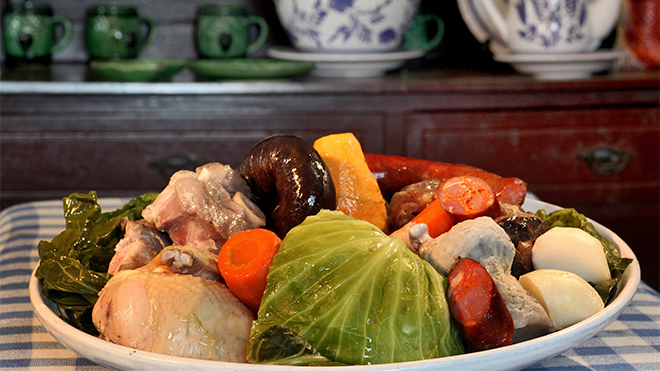
Cozido das Furnas ©Publiçor/Visitazores
The cuisine of São Miguel abounds in different fish and seafood dishes, the latter including barnacles, a type of shellfish cooked in sea water.
The meat from cattle raised in the pastures is tender and tasty, the famous Cozido das Furnas being the highlight. In the Furnas calderas, the pots with the meats and vegetables for this dish are bagged and buried in the geothermal soil. Cooking takes about five hours. It’s worth watching the lifting of the cozido, which usually takes place between noon and 3pm, and then head to your chosen restaurant to taste this unique specialty.
For starters, the famous “pimenta da terra” (chilli pepper) is eaten with fresh cheese, but this type of local chilli pepper is used in various other recipes. The bolo lêvedo (leavened cake), originally from Furnas, is quite widespread and may be served at any meal. As for sweets, the Vila Franca do Campo Queijadas (cheese cupcakes) are especially famous. Smokers can end their meals with a locally made cigar or cigarillo, or alternatively with another great speciality of the island, tea. The Gorreana and Porto Formoso plantations, emerging on the horizon as ripples of green leaves, are unique in Europe. A visit to the museum factories will tell you about the history of its growing and the development of the machinery used, before a well-deserved taste of Azorean tea.
São Miguel has a tradition of growing exotic fruit, such as pineapple, custard apple, strawberry guava and passion fruit, which are eaten plain or used to make liqueurs. The pineapple greenhouses, scattered around the Fajã de Baixo, Lagoa and Vila Franca do Campo areas, follow ancestral practices which you can discover in a guided tour.


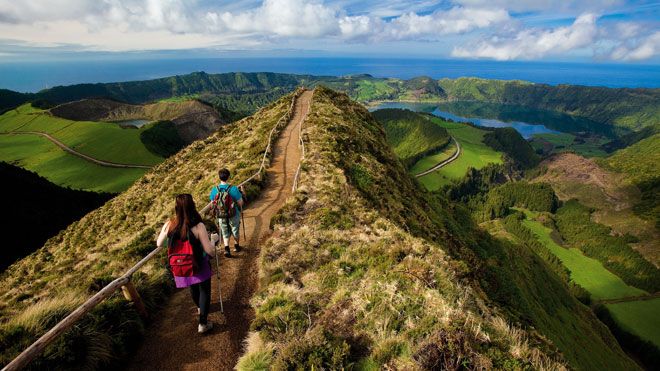





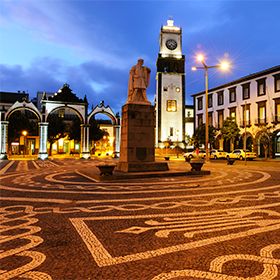
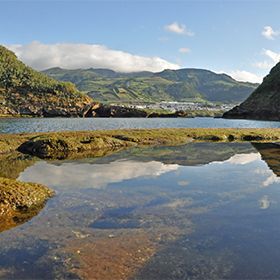
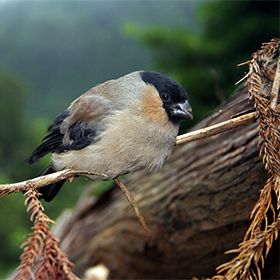


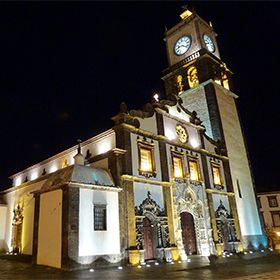
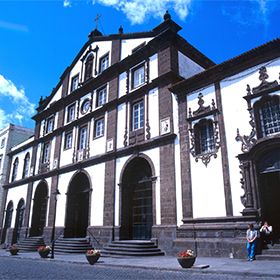
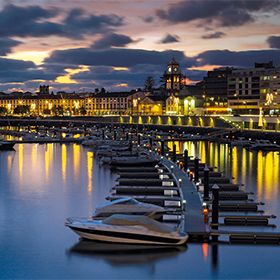
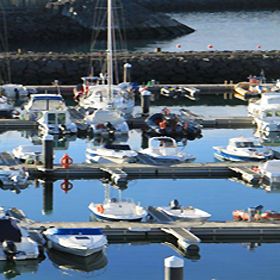
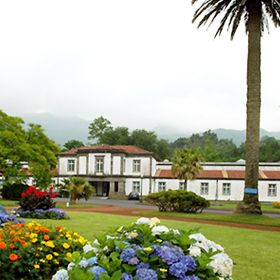
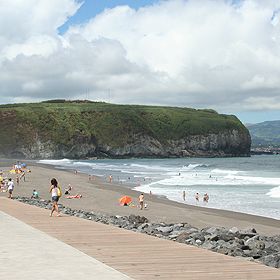
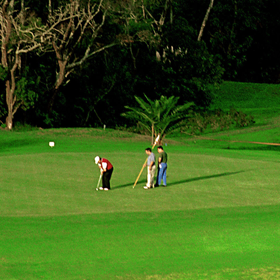
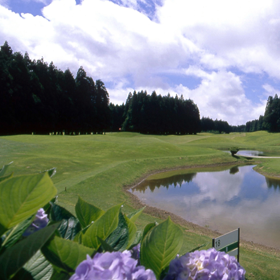
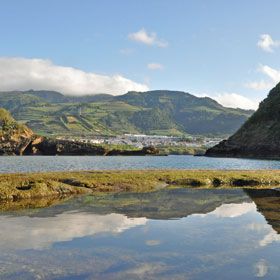

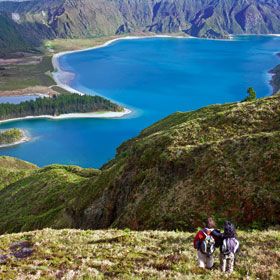
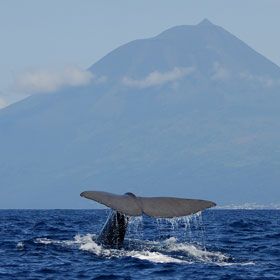
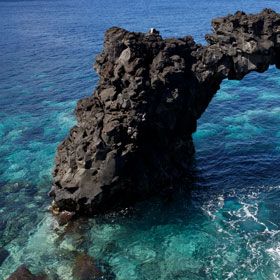




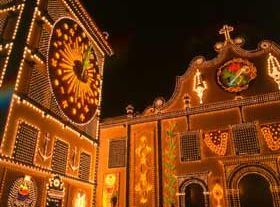
 Explore
Explore 
 Remember and Share
Remember and Share 


